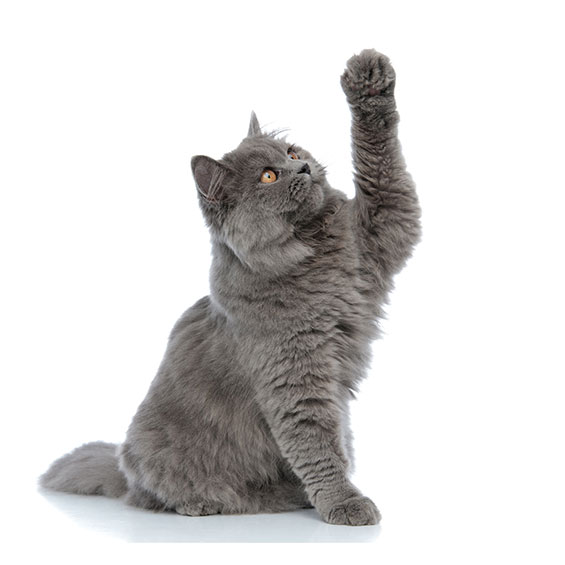Quick Links
Dental disease is a common problem in dogs and cats. Studies have shown that almost 4 out of 5 dogs over 3 years of age suffer from some degree of periodontal disease, and that at least 1 out of every 3 cats have one or more dental lesions, which progressively destroy tooth structure and cause significant pain.
Did you know we offer free dental checks?
These are the main symptoms of dental disease:
The plaque can be caused from food particles mixed with saliva which attracts bacteria and can build up on a clean tooth in a few hours. If this is cleared away naturally it can lead to gingivitis in only 48 hours. It can also harden and form tartar on the teeth within a few days. The bacterium that exists in the plaque causes inflammation and infection of the gums and can spread deeper into the tissue and even the underlying bone. This could also cause the teeth to loosen and fall out. Over time, dental disease can impact the heart, liver and kidneys as well.
Dental Radiology
Dental radiography is strongly recommended in all but the healthiest of mouths. Most dental disease occurs below the gingiva (gums), and cannot be seen with the naked eye. X-rays allows us to examine the internal anatomy of the teeth, the roots, and the bone that surrounds the roots. Why do we take an x-ray of an animal with a suspected broken leg? To see what is hidden under the skin. The same idea applies to veterinary dentistry. Dental radiographic images help establish diagnosis, in planning treatment, and in performing dental procedures. Without these images, we are guessing what is happening, and operating ‘blind’
Regular at-home dental care can reduce the incidence of dental disease in your pet. A combination of the following will ensure that your pet’s teeth and gums remain in good health:
We recommend that every dog and cat has their teeth checked at least once every 6 months, in order to prevent the progression of dental disease. This will give them the best chance to avoid the associated pain and health problems that are commonly seen.
Best care for pets and people
Opening Hours
MON-FRI
8:30am - 7:00pm
SATURDAY
8:30am - 1:00pm
SUNDAY
Closed


